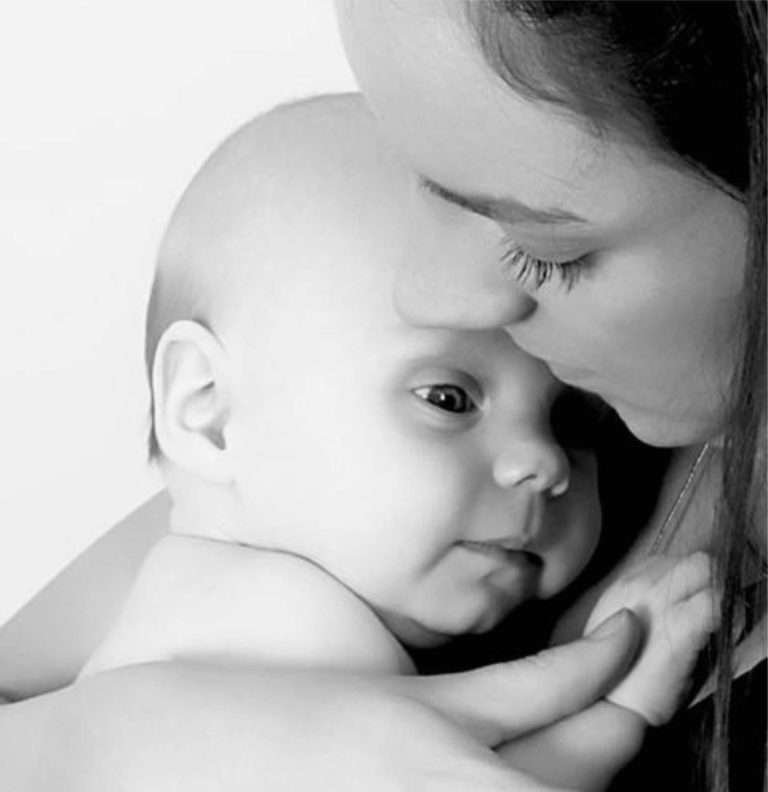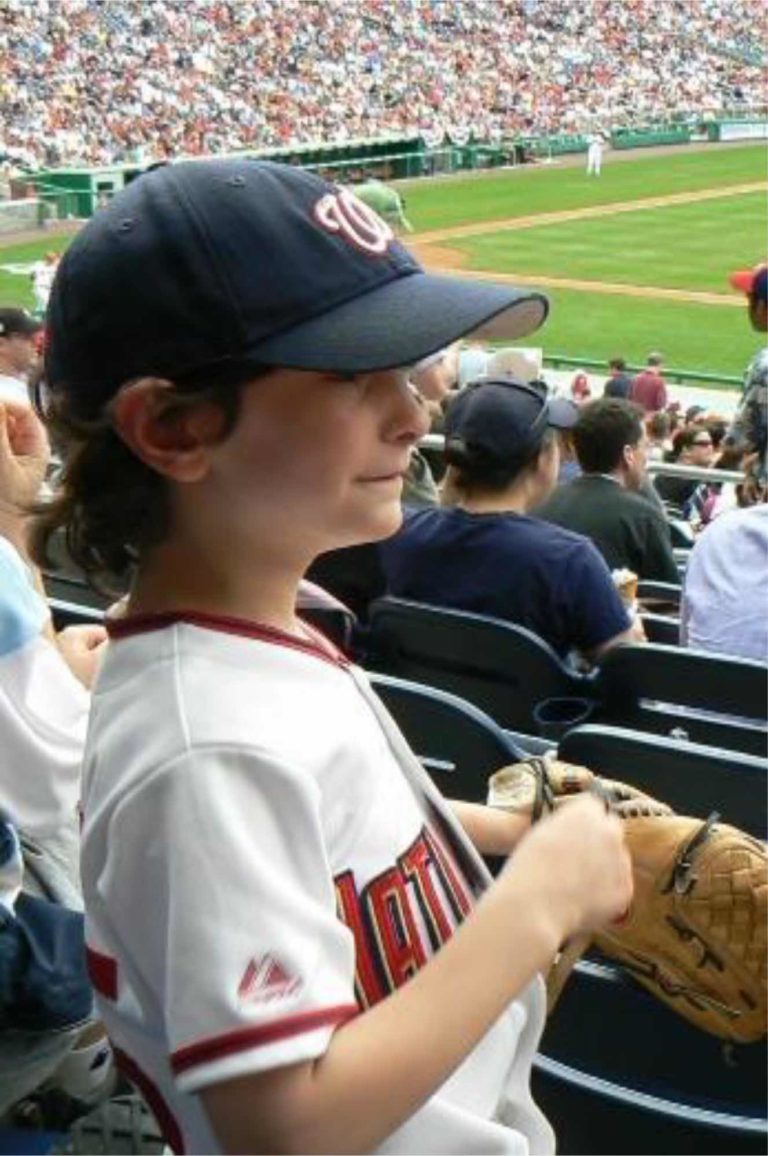Biennially, the National Portrait Gallery fosters a competition where artists around the country submit intimate portrayals of a human being – sometimes themselves. In this video portrait, 2013 award winner Bo Gehring presents Esperanza Spalding (https://www.youtube.com/watch?v=6OeZxytSV3M) In this intimate video, Gehring turns portraiture on its head by giving us a piecemeal portrait of Esperanza starting at her feet. Gehring presents her in parts giving each part equal time leaving us emotionally challenged. How do we relate to Esperanza where time and space is equal for her shoes, clothing, jewelry, hands, mouth, eyes, headwear? How do we mentally stack the equal slices of Esperanza into a human being?Paradoxically in Gehring’s video portrait, it is Esperanza’s choice of audio that endures throughout. Her chosen music (“Tarde” by Wayne Shorter) serves as a proxy for her own voice and emotions. And the warm musical tones preface the warmth we feel when we finally “meet” Esperanza and her broad smile. It is her smile that reminds us that there is something special about the face, as we fix our gaze on the “real” Esperanza. Perhaps our gaze with Esperanza is unconsciously reminiscent of our infantile sharing of a gaze with our own mother – an emotional connection that is neither remembered nor forgotten.
Photo: Nose and Lips of Akhenaten
Metropolitan Museum of Art Purchase, Edward S. Harkness Gift 1926



